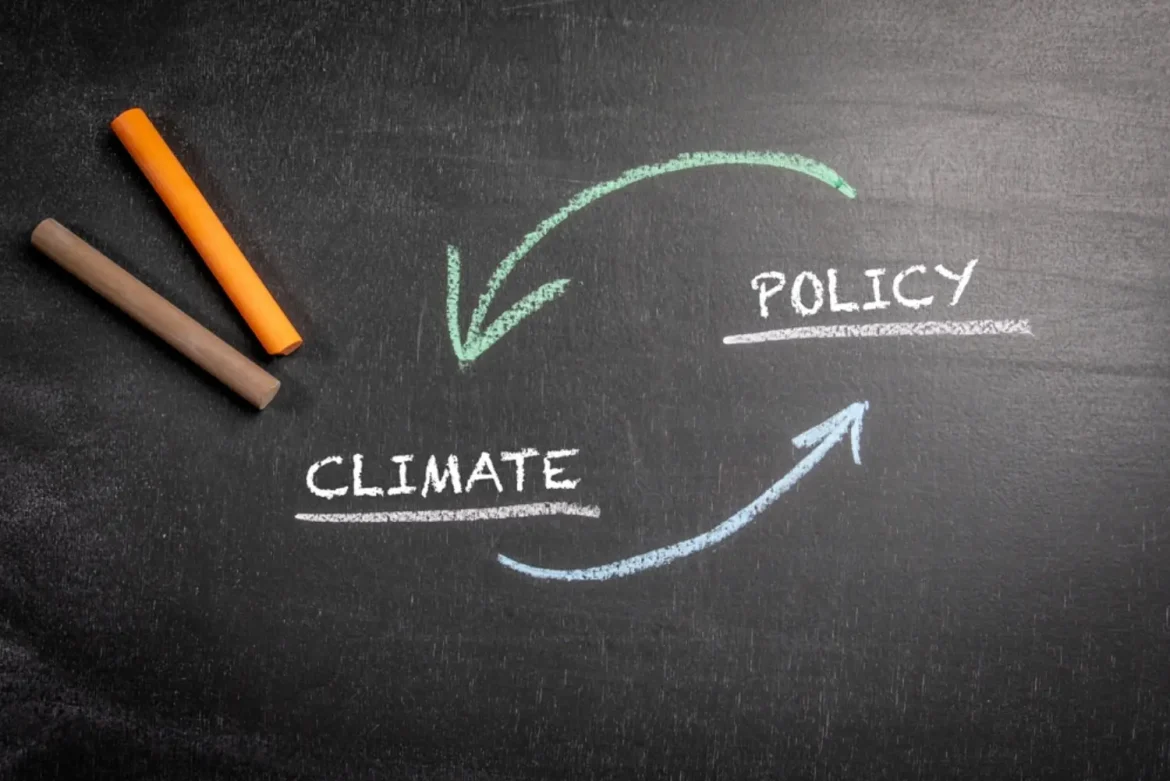Australia’s climate policy has once again become a flashpoint in federal politics, with the government pressing ahead on emissions reduction targets while facing criticism from the opposition and crossbench MPs. The Albanese government is seeking to enshrine its commitment to a 43 per cent cut in emissions by 2030 into legislation, alongside a plan to achieve net zero by 2050. Ministers argue that these targets provide certainty for investors and align Australia with global climate commitments, but opponents remain divided on the scale and speed of action required.
Advertisement
Supporters of the government’s plan point to the growing opportunities in renewable energy, particularly wind, solar, and green hydrogen projects. They argue that clearer policy direction will attract international investment, boost regional economies, and create thousands of jobs. In parliament, Labor has highlighted the benefits of transitioning to cleaner industries, not only in terms of environmental protection but also in fostering long-term economic resilience.
The opposition, however, has warned that the targets may place additional costs on businesses and households, especially in energy-intensive industries. Some Coalition MPs argue that the plan risks undermining Australia’s competitiveness in global markets where cheaper fossil fuels remain dominant. They have called for a more gradual approach, insisting that while emissions reductions are important, they must not come at the expense of economic stability and affordable energy prices.

